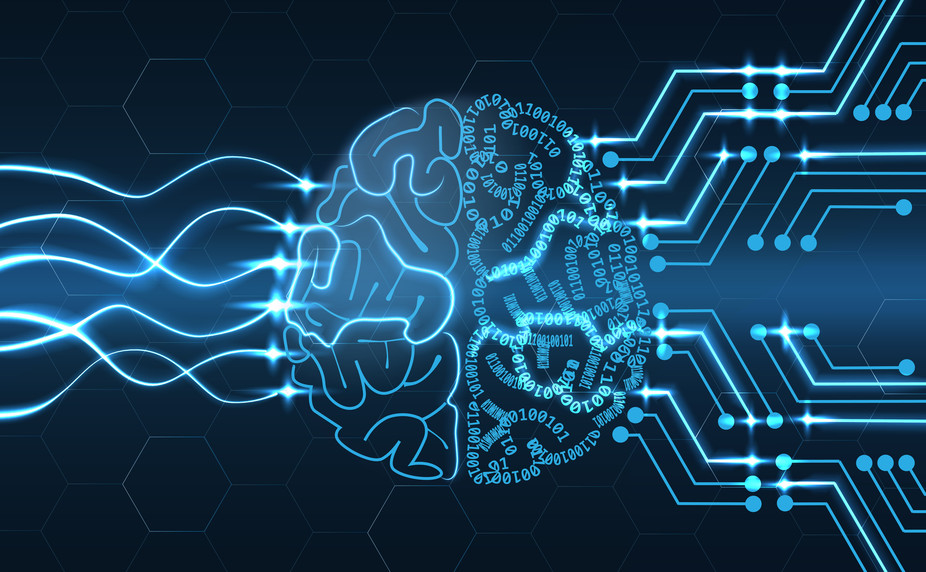Artificial intelligence, or AI, refers to the ability of a computer or machine to mimic or imitate human-like cognitive functions, such as learning and problem-solving. The field of AI has been around for decades, but in recent years it has seen a surge in popularity and progress due to advances in machine learning and data availability.
There are many different applications for AI in a variety of industries, including healthcare, finance, education, and transportation. In healthcare, for example, AI can be used to analyze large amounts of medical data and help doctors diagnose diseases or predict patient outcomes. In finance, AI can be used to detect fraudulent activity or to make investment decisions. In education, AI can be used to personalize learning experiences for students or to grade exams. And in transportation, AI can be used to develop self-driving cars or to optimize routes for delivery trucks.
One of the key technologies behind AI is machine learning, which allows computers to learn and improve their performance without being explicitly programmed. There are several different types of machine learning, including supervised learning, unsupervised learning, and reinforcement learning.
Supervised learning involves training a model on a labeled dataset, where the correct output is provided for each example in the dataset. The model makes predictions based on this training data, and is then tested on a separate dataset to see how well it performs. This process is repeated until the model reaches a satisfactory level of accuracy.
Unsupervised learning, on the other hand, involves training a model on an unlabeled dataset, where the correct output is not provided. The model must discover the underlying structure of the data and find patterns or relationships within it. This type of learning can be useful for tasks such as clustering or dimensionality reduction.
Reinforcement learning involves training a model to take actions in an environment in order to maximize a reward. This type of learning is often used in control systems or games, where the goal is to achieve a certain objective.
One of the main benefits of AI is its ability to process and analyze large amounts of data quickly and accurately. This can help organizations make more informed decisions, streamline processes, and improve efficiency. However, there are also concerns about the potential negative impacts of AI, such as job displacement and the ethical implications of decision-making by machines.
As AI continues to advance, it will be important for researchers, policymakers, and society as a whole to consider the potential consequences of this technology and to ensure that it is used responsibly. This may involve developing guidelines or regulations for the use of AI, or creating educational programs to help people understand and prepare for the changing nature of work.
Overall, AI has the potential to revolutionize many industries and improve our daily lives in countless ways. It is important to approach this technology with both excitement and caution, as we work to harness its power and address any potential challenges that may arise.




0 Comments